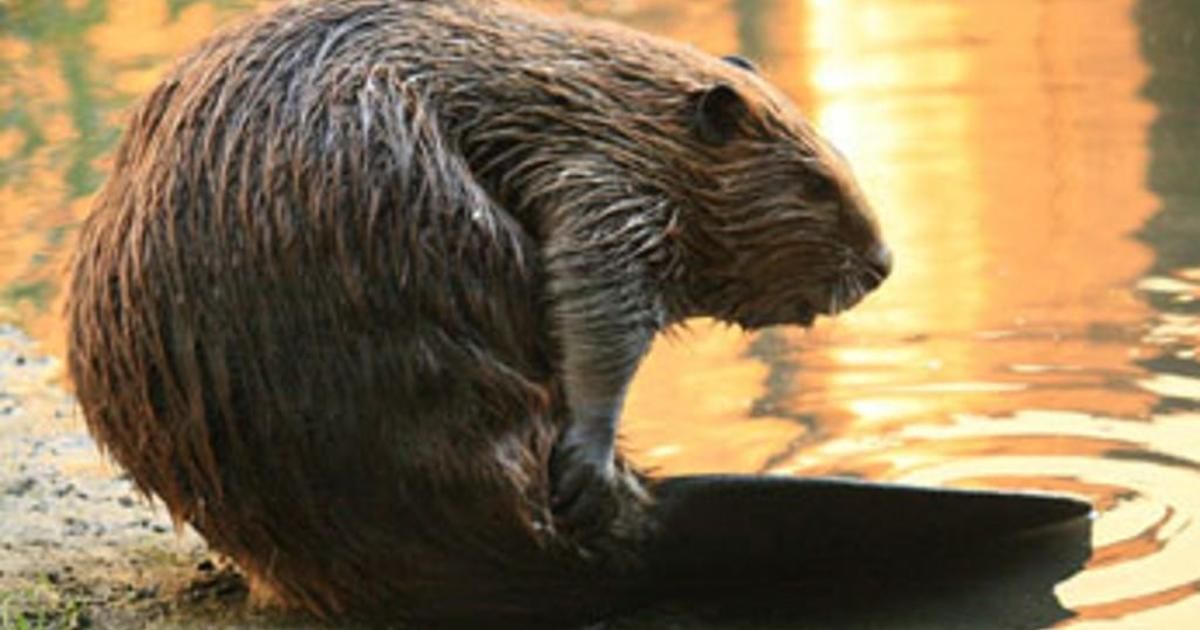California beaver restoration program launched to revitalize state’s ecosystems, watersheds

California state agencies are taking a new approach to beaver management in the state to prioritize conservation of the ecologically important species as they call upon Californians to be "beaver believers."
To support beaver conservation and enable California's ecosystem to benefit from their activity, the California Department of Fish and Wildlife is partnering with native tribes, non-governmental organizations, private landowners and other state and federal agencies.
At a panel discussion Wednesday, beaver researchers and members of the U.S. Forest Service and the California Department of Fish and Wildlife spoke about the history of beavers in California and their beaver restoration project.

At the center of the state's approach is helping public and private landowners meet their resource management goals through implementing beaver coexistence measures, mimicking habitats in places where beavers had not yet returned and relocating in cases where coexistence failed, said Occidental Arts and Ecology Center WATER Institute director Kate Lundquist, who works on the project.
Beavers once ruled California. Providing support for the state's ecosystems, beavers once lived in nearly every stream in North America at an estimated population of 100 to 200 million.
Although beavers play a key role in the health of watersheds, as they provide erosion control and maintenance of stream flows during a dry summer period by building dams, they were not always appreciated in California.
The industrial fur trade saw beavers as a commodity and contributed to them being wiped out of California waters at high rates, according to Ben Goldfarb, conservation journalist and author of "Eager: The Surprising Secret Life of Beavers."
This caused ecological damage that "permanently shaped North American landscapes" as streams suffered catastrophic erosion, wetlands dried up and rivers disconnected from their floodplains, Goldfarb said.
Today, the beaver population has reduced to approximately 10 to 15 million in North America.
While the fur trade spread across the country, it had distinct and long-lasting impacts in California. Before fur trappers from across the Sierra Nevada -- who were largely responsible for the industrial fur trade -- came to California, beavers were already being captured and made into hats by other settlers. This caused scientists to incorrectly conclude that beavers had never been present or native to California, including in places like the Bay Area.
The historical record has since been corrected, as research has revealed just how important beavers are to the state, especially because they contribute to fighting wildfires as they create fire breaks by spreading water across the landscape.
"Few states need beavers more than California," Goldfarb said.
The Tule River Indian Tribe of California is one tribe that is striving to get its beavers back. They are hoping to revive the watershed on their reservation that has suffered since the drought in 2014.
"Our beaver culture and history go back a long way," said Kenneth McDarment, a member of the Tule River Indian Tribe of California who added that the tribe's pictographs featuring beavers date back to 500 to 1,000 years.
"Elders that we still have on the reservation talk about beavers that were on different locations of the reservation when they were kids," McDarment said.